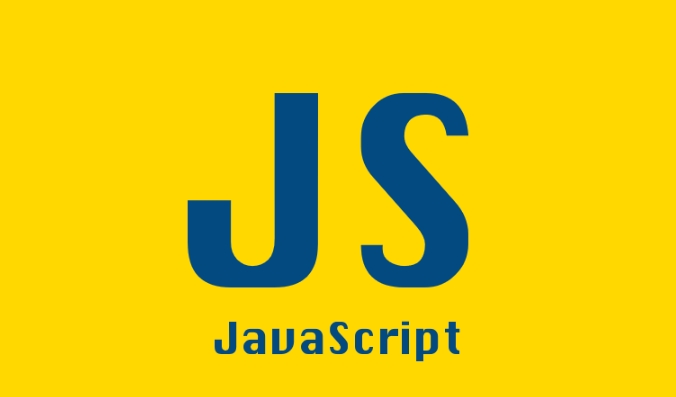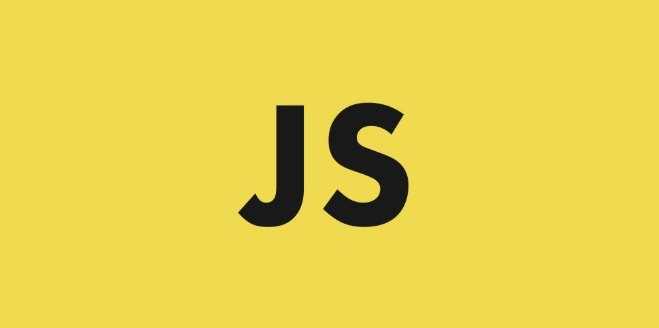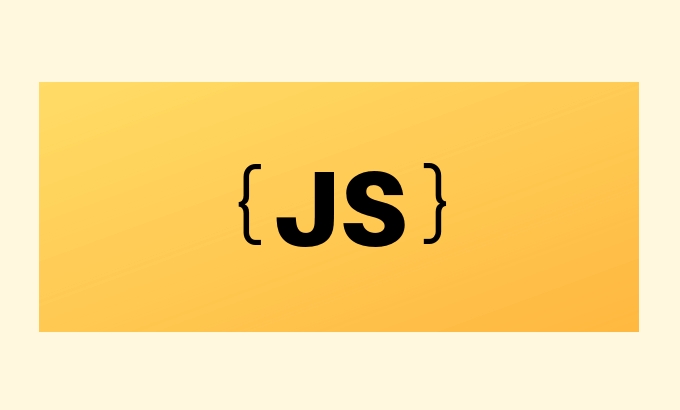To use JavaScript to create a secure sandbox iframe, first use the sandbox attribute of HTML to limit iframe behavior, such as prohibiting script execution, pop-up windows and form submission; secondly, by adding specific tokens such as allow-scripts to relax permissions as needed; then combine postMessage() to achieve secure cross-domain communication, while strictly verifying message sources and data; finally avoid common configuration errors, such as not verifying the source, not setting up CSP, etc., and perform security testing before going online.

Sometimes, if you want to embed third-party content into a web page, but don’t want it to destroy it, iframe is a good choice. But if you use it inappropriately, it will bring about security risks. So how to use JavaScript to create a truly secure sandbox iframe is worth considering carefully.

Understand the basic functions of sandbox attributes
The <iframe></iframe> tag of HTML provides a sandbox attribute to limit the behavior of content in an iframe. This property is equivalent to adding a layer of "protective cover" to the iframe to prevent malicious code execution or page jumps and other operations.
By default, adding sandbox means that some restrictions are enabled, such as prohibiting automatic pop-ups, script execution and form submission. You can also relax certain restrictions by adding additional tokens, such as allowing scripts to run but not allowing new windows to pop up:

<iframe src="https://example.com" sandbox="allow-scripts allow-same-origin"></iframe>
But it should be noted that relaxing permissions also increases risks, so only add these tokens when necessary.
Control script execution and communication mechanisms
Although sandbox can prevent script execution, in many scenarios, we do need to make the scripts in the iframe run. At this time, you need to use postMessage() in conjunction with the implementation of cross-domain communication to ensure that information can be transmitted between the main page and the iframe without exposing all control.

For example, you can listen to messages from an iframe and process them according to specific instructions:
window.addEventListener('message', function(e) {
if (e.origin !== 'https://trusted-origin.com') return;
if (e.data === 'request-data') {
e.source.postMessage('response-data', e.origin);
}
});In this way, even if the iframe has script running permission, it cannot directly access the DOM or cookie of the main page, and can only communicate through the agreed message interface.
Avoid common configuration errors
Many people think that as long as you add sandbox , everything will be fine, but it is not. Some configuration methods will make the sandbox useless, such as the following situations:
- Not setting
allow-scriptswhen usingallow-same-origin, which may result in XSS attacks. - If the source and data of
postMessage()are not verified, it is easy to be phished or injected. - The CSP (Content Security Policy) is not set correctly, and it may bypass sandbox restrictions to load external resources.
If you are not sure whether a configuration is safe, it is recommended to simulate attack behavior in the test environment first and then use it online.
Basically that's it. Making good use of the sandbox function of iframe can not be done with just one or two attributes, but needs to be comprehensively considered in combination with script control, communication mechanism and overall security strategy.
The above is the detailed content of Building Secure Sandboxed Iframes with JavaScript. For more information, please follow other related articles on the PHP Chinese website!

Hot AI Tools

Undress AI Tool
Undress images for free

Undresser.AI Undress
AI-powered app for creating realistic nude photos

AI Clothes Remover
Online AI tool for removing clothes from photos.

Clothoff.io
AI clothes remover

Video Face Swap
Swap faces in any video effortlessly with our completely free AI face swap tool!

Hot Article

Hot Tools

Notepad++7.3.1
Easy-to-use and free code editor

SublimeText3 Chinese version
Chinese version, very easy to use

Zend Studio 13.0.1
Powerful PHP integrated development environment

Dreamweaver CS6
Visual web development tools

SublimeText3 Mac version
God-level code editing software (SublimeText3)
 Implementing Machine Learning Algorithms in C++: Security Considerations and Best Practices
Jun 01, 2024 am 09:26 AM
Implementing Machine Learning Algorithms in C++: Security Considerations and Best Practices
Jun 01, 2024 am 09:26 AM
When implementing machine learning algorithms in C++, security considerations are critical, including data privacy, model tampering, and input validation. Best practices include adopting secure libraries, minimizing permissions, using sandboxes, and continuous monitoring. The practical case demonstrates the use of the Botan library to encrypt and decrypt the CNN model to ensure safe training and prediction.
 PHP Microframework: Security Discussion of Slim and Phalcon
Jun 04, 2024 am 09:28 AM
PHP Microframework: Security Discussion of Slim and Phalcon
Jun 04, 2024 am 09:28 AM
In the security comparison between Slim and Phalcon in PHP micro-frameworks, Phalcon has built-in security features such as CSRF and XSS protection, form validation, etc., while Slim lacks out-of-the-box security features and requires manual implementation of security measures. For security-critical applications, Phalcon offers more comprehensive protection and is the better choice.
 Security configuration and hardening of Struts 2 framework
May 31, 2024 pm 10:53 PM
Security configuration and hardening of Struts 2 framework
May 31, 2024 pm 10:53 PM
To protect your Struts2 application, you can use the following security configurations: Disable unused features Enable content type checking Validate input Enable security tokens Prevent CSRF attacks Use RBAC to restrict role-based access
 How to enhance the security of Spring Boot framework
Jun 01, 2024 am 09:29 AM
How to enhance the security of Spring Boot framework
Jun 01, 2024 am 09:29 AM
How to Enhance the Security of SpringBoot Framework It is crucial to enhance the security of SpringBoot applications to protect user data and prevent attacks. The following are several key steps to enhance SpringBoot security: 1. Enable HTTPS Use HTTPS to establish a secure connection between the server and the client to prevent information from being eavesdropped or tampered with. In SpringBoot, HTTPS can be enabled by configuring the following in application.properties: server.ssl.key-store=path/to/keystore.jksserver.ssl.k
 How should the Java framework security architecture design be balanced with business needs?
Jun 04, 2024 pm 02:53 PM
How should the Java framework security architecture design be balanced with business needs?
Jun 04, 2024 pm 02:53 PM
Java framework design enables security by balancing security needs with business needs: identifying key business needs and prioritizing relevant security requirements. Develop flexible security strategies, respond to threats in layers, and make regular adjustments. Consider architectural flexibility, support business evolution, and abstract security functions. Prioritize efficiency and availability, optimize security measures, and improve visibility.
 Which wallet is safer for SHIB coins? (Must read for newbies)
Jun 05, 2024 pm 01:30 PM
Which wallet is safer for SHIB coins? (Must read for newbies)
Jun 05, 2024 pm 01:30 PM
SHIB coin is no longer unfamiliar to investors. It is a conceptual token of the same type as Dogecoin. With the development of the market, SHIB’s current market value has ranked 12th. It can be seen that the SHIB market is hot and attracts countless investments. investors participate in investment. In the past, there have been frequent transactions and wallet security incidents in the market. Many investors have been worried about the storage problem of SHIB. They wonder which wallet is safer for SHIB coins at the moment? According to market data analysis, the relatively safe wallets are mainly OKXWeb3Wallet, imToken, and MetaMask wallets, which will be relatively safe. Next, the editor will talk about them in detail. Which wallet is safer for SHIB coins? At present, SHIB coins are placed on OKXWe
 How to implement PHP security best practices
May 05, 2024 am 10:51 AM
How to implement PHP security best practices
May 05, 2024 am 10:51 AM
How to Implement PHP Security Best Practices PHP is one of the most popular backend web programming languages ??used for creating dynamic and interactive websites. However, PHP code can be vulnerable to various security vulnerabilities. Implementing security best practices is critical to protecting your web applications from these threats. Input validation Input validation is a critical first step in validating user input and preventing malicious input such as SQL injection. PHP provides a variety of input validation functions, such as filter_var() and preg_match(). Example: $username=filter_var($_POST['username'],FILTER_SANIT
 PHP Vulnerability Prevention Strategies
May 01, 2024 am 09:30 AM
PHP Vulnerability Prevention Strategies
May 01, 2024 am 09:30 AM
PHP vulnerability prevention strategies include: 1. Input validation (validate user input), 2. Output escaping (escape data to prevent XSS attacks), 3. Session management (enforce security tokens and HTTPS), 4. Code review (check Potential vulnerabilities), 5. Use known good libraries, 6. Keep software updated, 7. Use secure hosting services, 8. Conduct regular vulnerability scans, 9. Enhance employee security awareness.






